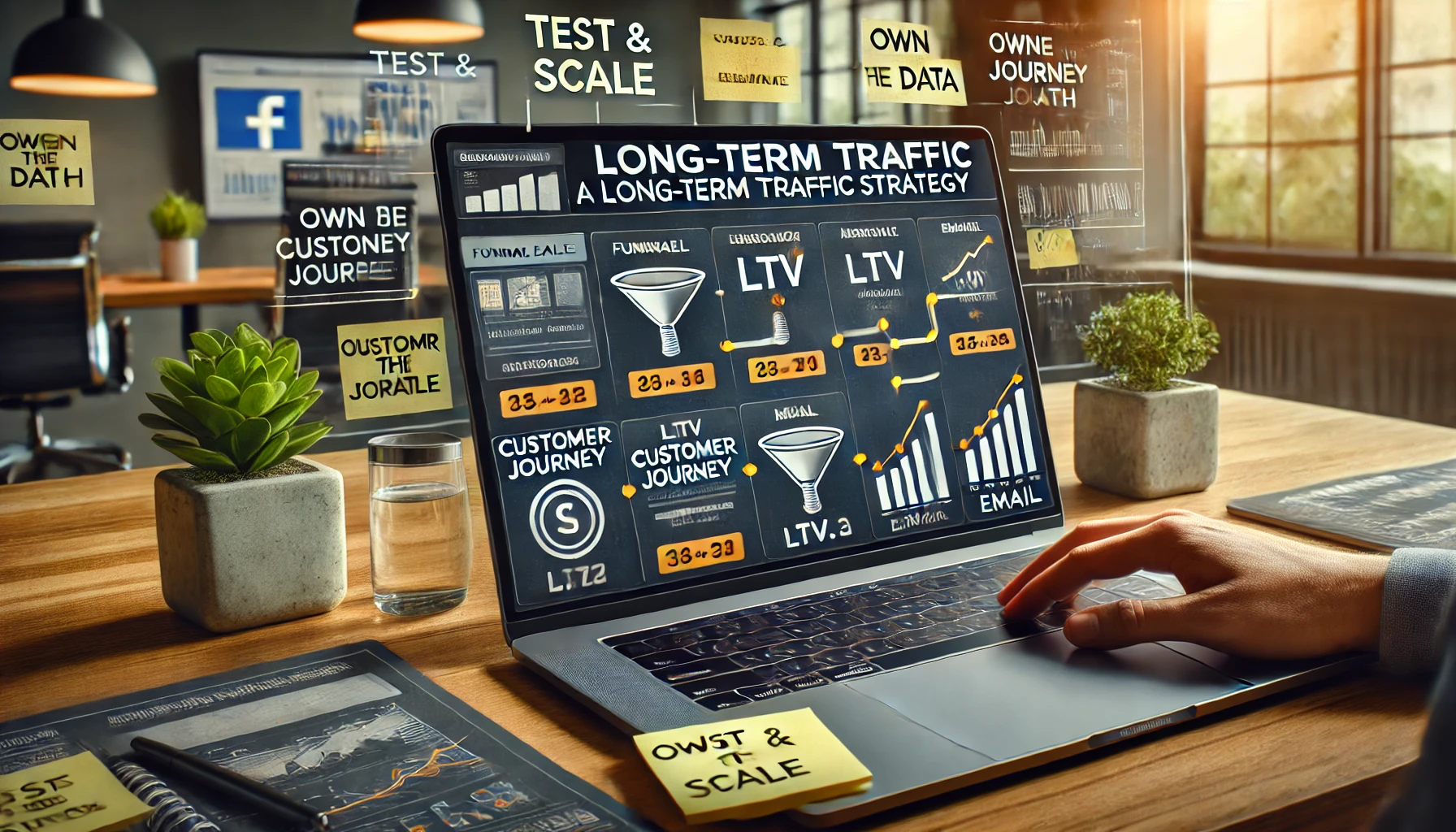
When you’re just starting with paid traffic, one of the first big decisions you’ll face is: Google Ads or Facebook Ads? Both platforms offer powerful tools to grow your business, but they operate very differently. Choosing the right one can impact how fast you get results, how much you spend, and how effectively you reach your audience.
In this article, we’ll compare Google Ads and Facebook Ads side by side so you can decide which one fits your goals, audience, and budget best.
Understanding the Basics
Before we dive into comparisons, let’s define what each platform actually does.
What Is Google Ads?
Google Ads (formerly known as Google AdWords) is a search-based advertising platform. It allows you to show ads on:
- Google search results
- YouTube
- Google Display Network (millions of websites)
- Gmail and mobile apps
These ads are typically shown when users search for specific keywords, meaning they already have intent.
What Is Facebook Ads?
Facebook Ads is a social media advertising platform that includes both Facebook and Instagram. Ads are shown to users based on:
- Interests
- Behaviors
- Demographics
- Activities
- Connections
Unlike Google, Facebook users aren’t actively searching—they’re passively scrolling. Your ads appear interrupted in their feed, stories, or videos.
Targeting: Intent vs. Interest
This is one of the biggest differences between the two platforms.
Google Ads: Intent-Based
Google Ads captures people who are actively searching for something. For example, someone searching “buy running shoes online” is likely ready to make a purchase.
This makes Google Ads highly effective for:
- E-commerce stores
- Local services
- Urgent solutions (e.g., plumbing, tech repair)
- People close to the decision-making stage
Facebook Ads: Interest-Based
Facebook targets users based on their profile and behavior, not necessarily what they’re searching for.
This makes it ideal for:
- Discovering new products
- Building brand awareness
- Targeting niche interests
- Running retargeting campaigns
Ad Formats
Both platforms offer a variety of ad formats, but they differ in nature.
Google Ads Formats:
- Text ads (on search results)
- Display ads (banners)
- Shopping ads (product-based)
- Video ads (YouTube)
- App promotion ads
Facebook Ads Formats:
- Image ads
- Carousel ads (multiple products/images)
- Video ads
- Collection ads (for mobile shopping)
- Lead forms
Visual storytelling is stronger on Facebook and Instagram, while search intent drives performance on Google.
Cost Comparison
Costs vary by industry, audience, and ad quality, but here’s a general idea:
Google Ads:
- Cost-per-click (CPC): Usually higher, especially in competitive niches like finance, law, or real estate.
- Higher conversion intent, so ROI can still be solid.
Facebook Ads:
- Generally lower CPC, but may require multiple impressions before conversion.
- Great for building awareness on a budget.
Learning Curve and Setup
Google Ads:
- Steeper learning curve.
- Keyword research, bidding strategies, match types, and Quality Score can be complex for beginners.
Facebook Ads:
- More intuitive interface for new users.
- Easier to launch basic campaigns.
- But advanced features like Lookalike Audiences, retargeting, and custom conversions also require learning.
Analytics and Optimization
Both platforms offer powerful tracking and optimization tools.
- Google: Strong integration with Google Analytics, detailed performance reports by keyword, device, location, and more.
- Facebook: Robust pixel-based tracking, audience insights, conversion tracking, and A/B testing.
Both allow for precise targeting, tracking, and scaling—but mastery takes time and testing.
Use Cases: When to Choose Which
Choose Google Ads if:
- You sell a product or service people actively search for.
- You want high-quality leads with clear intent.
- You’re promoting time-sensitive services.
- You’re in local business (e.g., “pizza delivery near me”).
Choose Facebook Ads if:
- You want to build a brand or community.
- You have a visually appealing product or service.
- You want to target based on lifestyle, interest, or behavior.
- You want to grow email lists, followers, or content engagement.
What About Instagram?
Instagram Ads are managed through the same platform as Facebook Ads. They’re excellent for:
- Visually-driven products (fashion, food, travel, decor)
- Storytelling through short videos or carousels
- Engaging a younger demographic
If your brand is visual, Instagram can outperform both Facebook and Google in user engagement.
The Power of Combining Both
Some of the most effective marketing strategies use both platforms together:
- Use Facebook Ads to generate awareness and interest.
- Use Google Ads to capture users when they actively search later.
- Retarget users across both platforms for higher conversion.
Example: A person sees your product on Instagram → doesn’t buy → searches on Google later → clicks your search ad and purchases.
This full-funnel strategy creates multiple touchpoints, which is key in today’s digital environment.
Final Thoughts: Which One Should You Use First?
It depends on your:
- Business model
- Goals
- Budget
- Offer maturity
If you’re in e-commerce, lead generation, or local services with clear search intent, start with Google Ads.
If you’re building brand awareness, promoting a lifestyle product, or starting with lower budget, try Facebook Ads first.
The good news? You don’t have to choose just one. Start with the platform that best fits your current needs—and as you grow, expand to both for maximum impact.






